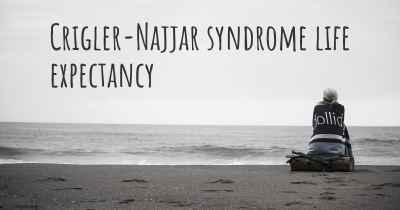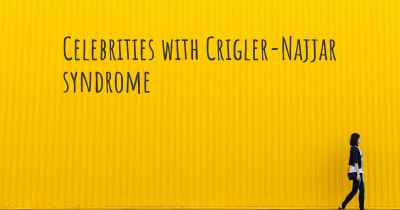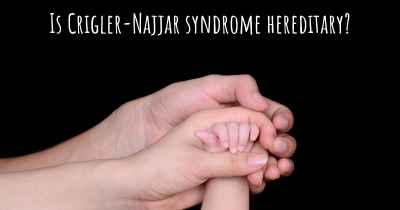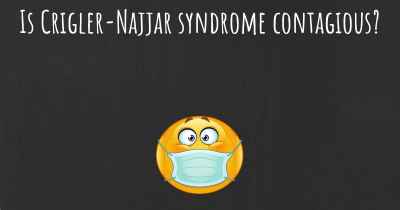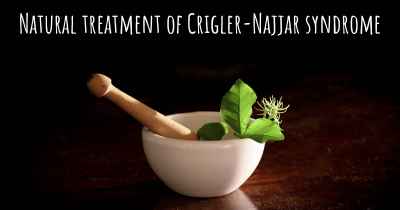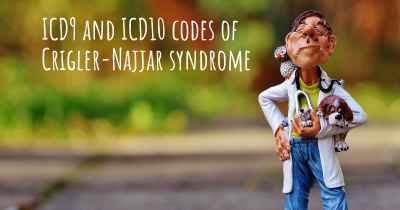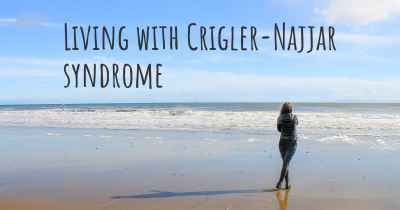Which are the causes of Crigler-Najjar syndrome?
See some of the causes of Crigler-Najjar syndrome according to people who have experience in Crigler-Najjar syndrome
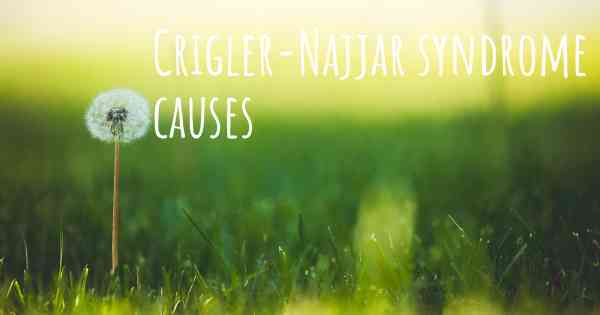
Crigler-Najjar syndrome is a rare genetic disorder that affects the body's ability to process a substance called bilirubin. Bilirubin is a yellow pigment that is produced when red blood cells are broken down. It is normally processed by the liver and excreted from the body in the form of bile. However, individuals with Crigler-Najjar syndrome have a deficiency or absence of an enzyme called UDP-glucuronosyltransferase (UGT), which is responsible for conjugating bilirubin and making it water-soluble for elimination.
There are two types of Crigler-Najjar syndrome:
- Crigler-Najjar syndrome type 1 (CN1): This is the more severe form of the condition and is characterized by a complete absence of UGT enzyme activity. Individuals with CN1 have virtually no ability to process bilirubin, leading to extremely high levels of unconjugated bilirubin in their blood. Without treatment, this can result in severe jaundice, neurological damage, and even death.
- Crigler-Najjar syndrome type 2 (CN2): This is a milder form of the condition where there is some residual UGT enzyme activity, although it is significantly reduced. Individuals with CN2 have higher levels of unconjugated bilirubin compared to the general population, but the levels are not as dangerously high as in CN1. Symptoms may be less severe and may not appear until later in life.
The causes of Crigler-Najjar syndrome are primarily genetic:
1. Inherited gene mutations: Crigler-Najjar syndrome is an autosomal recessive disorder, which means that an individual must inherit two copies of the defective gene (one from each parent) to develop the condition. The specific gene associated with Crigler-Najjar syndrome is the UGT1A1 gene, which provides instructions for making the UGT enzyme. Mutations in this gene can disrupt the normal production or function of the enzyme, leading to the development of the syndrome.
2. UGT1A1 gene variants: In some cases, individuals may have UGT1A1 gene variants that result in reduced enzyme activity, but not a complete absence. These variants can increase the risk of developing Crigler-Najjar syndrome, particularly the type 2 form. The severity of the condition can vary depending on the specific gene variant present.
3. Inheritance patterns: The UGT1A1 gene mutations associated with Crigler-Najjar syndrome can be inherited from one or both parents. If both parents carry a single copy of the mutated gene, there is a 25% chance with each pregnancy that their child will inherit two copies and develop the syndrome. If only one parent carries the mutated gene, the child will be a carrier but will not develop the syndrome.
It is important to note that Crigler-Najjar syndrome is a genetic disorder and is not caused by external factors or lifestyle choices.
While the exact mechanisms by which UGT1A1 gene mutations lead to Crigler-Najjar syndrome are not fully understood, it is believed that the absence or reduction of UGT enzyme activity impairs the liver's ability to process bilirubin. As a result, unconjugated bilirubin accumulates in the bloodstream, leading to the characteristic symptoms of the condition.
Although Crigler-Najjar syndrome is a rare disorder, it can have significant implications for affected individuals:
- Jaundice: The most common symptom of Crigler-Najjar syndrome is jaundice, which is characterized by yellowing of the skin and eyes. This occurs due to the buildup of unconjugated bilirubin in the body.
- Neurological complications: In severe cases of Crigler-Najjar syndrome (CN1), the high levels of unconjugated bilirubin can cross the blood-brain barrier and cause neurological damage. This can lead to symptoms such as poor muscle tone, developmental delays, hearing loss, and intellectual disability.
- Treatment challenges: Managing Crigler-Najjar syndrome can be challenging due to the high levels of bilirubin. Phototherapy, which involves exposing the skin to special lights, is the primary treatment method. In some cases, liver transplantation may be necessary to provide a functional source of UGT enzyme.
In conclusion, Crigler-Najjar syndrome is a rare genetic disorder caused by inherited gene mutations or variants in the UGT1A1 gene. These mutations result in a deficiency or absence of the UGT enzyme, leading to the accumulation of unconjugated bilirubin in the body. The severity of the condition can vary depending on the type of Crigler-Najjar syndrome and the specific gene mutations involved. Early diagnosis and appropriate management are crucial in minimizing the complications associated with this disorder.
